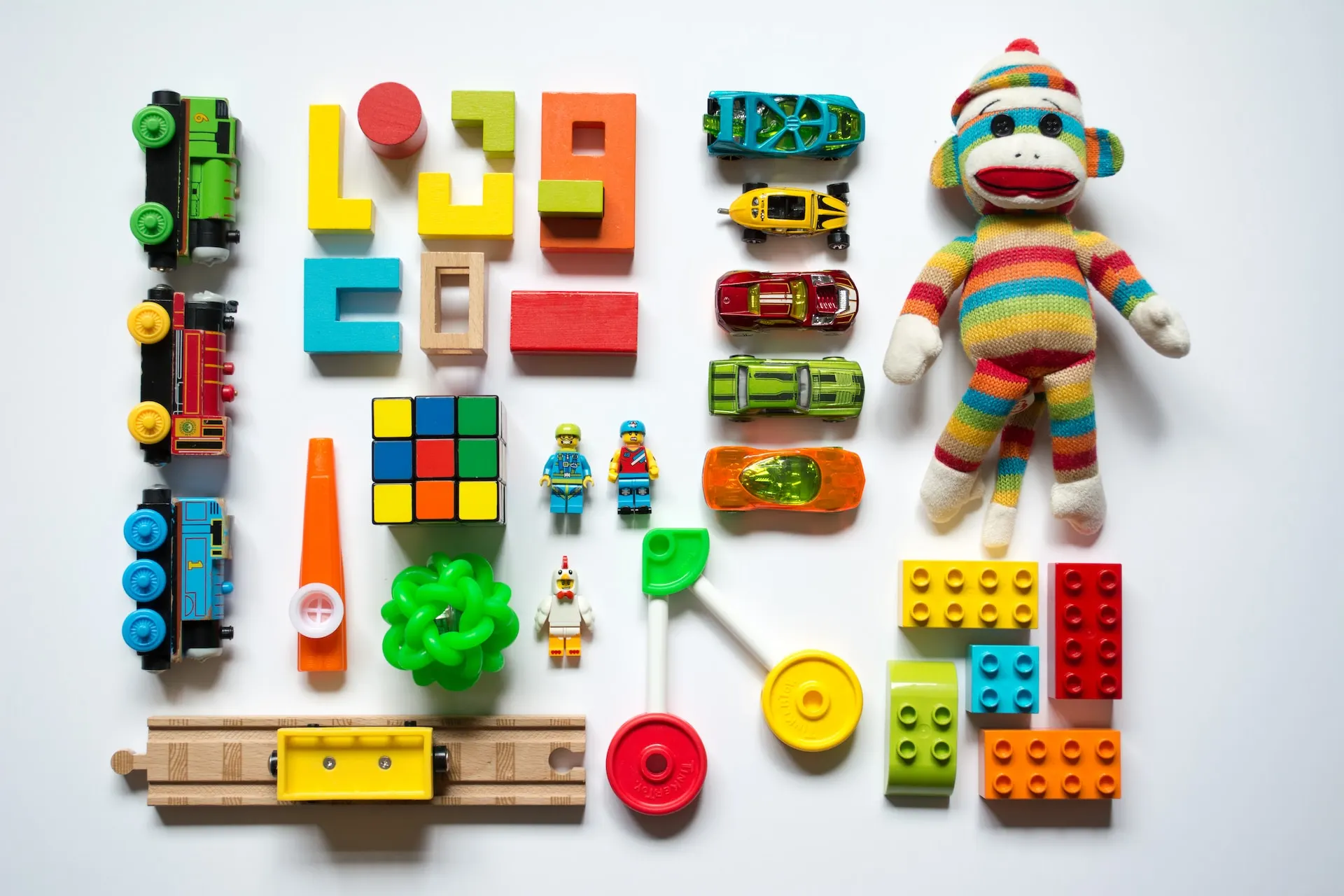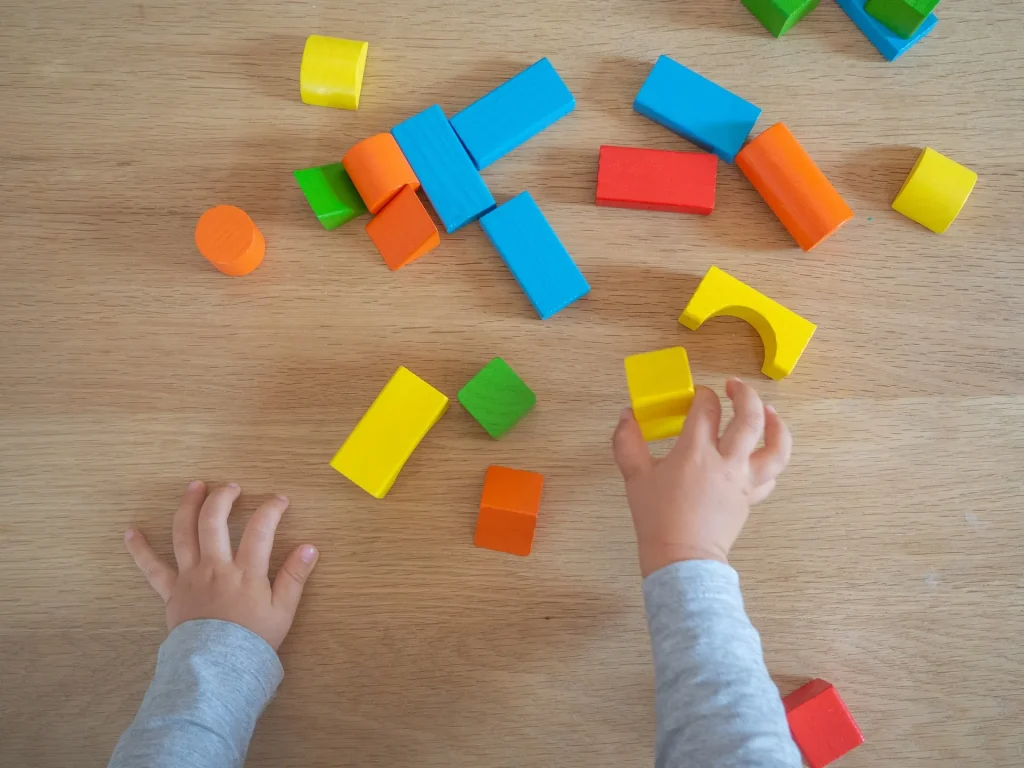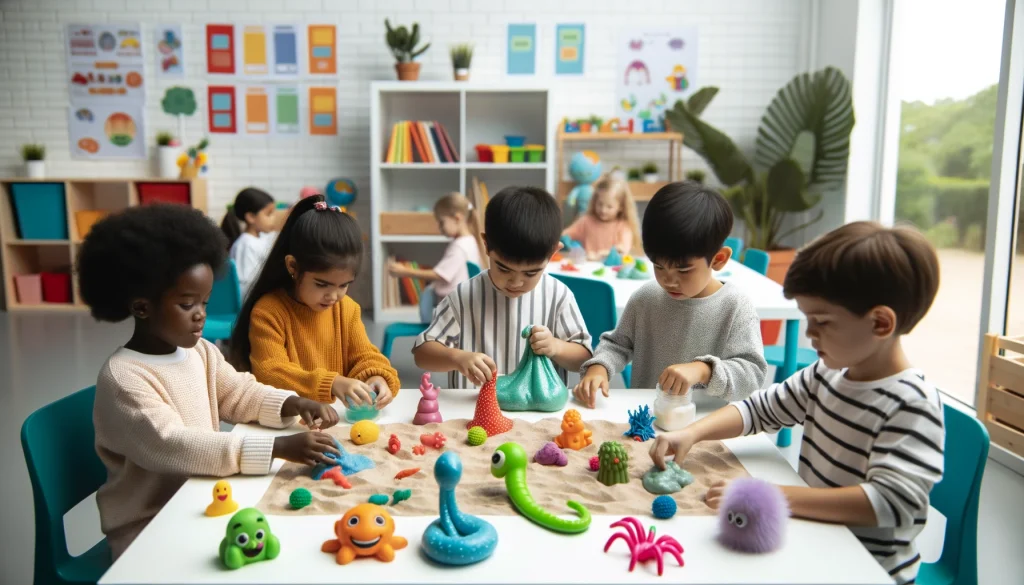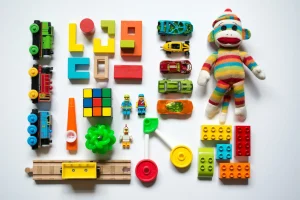Learn the Benefits of Sensory Toys: From Calming to Cognitive Development

Table of Contents
Learning Through a World of Discovery
Introducing toys that stimulate the senses during a child’s playtime routine can bring many benefits, from creating a calm environment to improving cognitive development. These toys are interactive and captivating, designed to provoke the exploration of sounds, movements, colors, and textures.
Not only are sensory toys beloved by children with special needs, like those on the autism spectrum, but they are also advantageous for all children. These can improve coordination, fine motor skills, and hand-eye coordination. Studies have shown that these toys can also boost problem-solving and creative thinking abilities.

Furthermore, they can create a calming effect, which is particularly beneficial for children with sensory processing challenges or attention difficulties. The comforting textures and repetitive movements of them can help reduce anxiety and promote relaxation.
Sensory toys provide an avenue for exploration and learning for kids of all ages. These toys come in different forms, such as squishy stress balls, colorful puzzles, and sensory boards with various textures. By introducing these toys into children’s playtime, parents and educators can encourage their child’s development in a fun and engaging manner.
Understanding the benefits of sensory toys
Sensory toys aren’t just toys. They have many benefits that help a child’s development. By activating the senses, these toys encourage education through exploration. Touching various textures, hearing sounds, and seeing bright colors all contribute to a child’s sensory development.
A major benefit is their ability to induce calm. Many children like to do things over and over again. Toys are a great way to satisfy this need. When they squeeze a stress ball or play with a fidget spinner, they feel calm and focused. This helps them better manage their emotions and actions.
Calming effects of sensory toys
Sensory toys are really helpful for kids who have trouble with sensory processing or managing their emotions. These toys give children a safe and calming way to spend their energy and ease their anxiety. The predictable motions and textures of the toys help to calm the nervous system and help kids feel more grounded and centered.
A study published in the journal of Scientific Programming evaluated making toys for kids with ADHD using sensory integration training. The aim was to create a practical and scientifically supported design that meets the internal needs of the users. The research underlines the importance of designing toys that accommodate the specific requirements and struggles of children.

Sensory toys for cognitive development
Sensory toys not only have a calming effect but also aid in cognitive development. These toys engage multiple senses at the same time, enhancing a child’s ability to process information and make connections. The sensory input from these toys stimulates brain activity, promoting neural pathway development.
Sensory puzzles can boost children’s problem-solving skills. Kids explore and classify information by touching and manipulating various shapes and textures. This fosters spatial awareness and logical thinking. Memory games and sensory board games can also improve cognitive flexibility and memory retention.
Sensory toys for sensory integration
Sensory integration is how the brain arranges and explains information from the environment that our senses perceive. Sensory toys are priceless aids assisting children with sensory processing hardships to integrate and comprehend their sensory input. These toys expose children to different textures, sounds, and movements and make them better understand their surroundings.
Toys such as textured balls, squishy toys, and kinetic sand encourage children to explore different sensations and develop their processing skills. By engaging with these toys, children learn to regulate their responses to sensory stimuli, leading to improved focus and attention.
Sensory Toys for Fine Motor Skills Development
Fine motor skills involve the coordination of small muscles in the hands and fingers needed for activities like writing, drawing, and buttoning clothes. Sensory toys provide an excellent opportunity for children to develop and refine their fine motor skills.
Squeezing a stress ball, manipulating small objects, and threading beads can improve hand muscles and dexterity. Additionally, toys like puzzles and building blocks that require precise movements can enhance finger control and hand-eye coordination.
Sensory Toys for Language and Communication Development
Sensory toys can help with language and communication development. These toys often have buttons, switches, and sound effects that encourage imaginative play and talking.
Playing with these toys helps children to speak, copy sounds, and follow directions. Toys that feature letters, numbers, or words can also enhance literacy skills and broaden vocabulary. These toys’ multisensory nature makes learning more entertaining and unforgettable.
Sensory Toys for Social Interaction
Sensory toys are useful for playing alone and with others. Some toys are suitable for groups, and this can help improve collaboration, turn-taking, and sharing. Participating in collective play can assist children in developing social skills and creating friendships.
Toys that encourage cooperative play, such as construction and sensory kits, provide a platform for children to work together, communicate, and solve problems as a team. Coordinating on collaborative experiences to achieve mutual goals helps kids develop skills such as empathy, cooperation, and effective communication.

Choosing the Right Toys for Your Child
When picking sensory toys for your kid, it’s crucial that you think about their unique requirements, likes, and stage of development. Children can react differently to diverse sensory experiences, so it’s vital to choose age-appropriate toys that match their interests and skills.
Toys with various textures, like squishy toys, textured balls, and sensory boards, can be fascinating for children who enjoy tactile feedback. Toys with vivid colors and dynamic visual effects may attract children who are visually stimulated. Additionally, toys that make sounds or play music can be beneficial for auditory learners.
| Tactile Feedback | Visual Feedback | Auditory Feedback |
|---|---|---|
| Play-Doh | Liquid Motion Bubbler | Audiobooks |
| Therapy Putty | Color Mix Sensory Tubes | Percussion Drum |
| Kinetic Sand | Mazes, Word Searches, & I Spy Picture Search Books | Music Instruments |
| Stress Balls | Colorful Spinning Tops | Interactive Technology with audio record play-back |
| Finger Paints |
Make sure the toys you select are safe and long-lasting. Pick toys made with non-poisonous materials, appropriate for your child, and without small parts that could cause choking.
Conclusion: Embracing the power of sensory toys
Sensory toys provide various benefits for children of all ages. They enhance cognitive skills, promote calmness, and support overall well-being. Parents and educators can create engaging and stimulating playtime environments by including them in a child’s routine. This helps foster growth and development.
Toys like squishy stress balls, colorful puzzles, and textured boards can captivate and inspire children. These toys offer more than entertainment. They provide valuable opportunities for children to learn, grow, and thrive. Embrace the potential of sensory toys and witness your child’s development flourish with each touch, sound, and movement.












